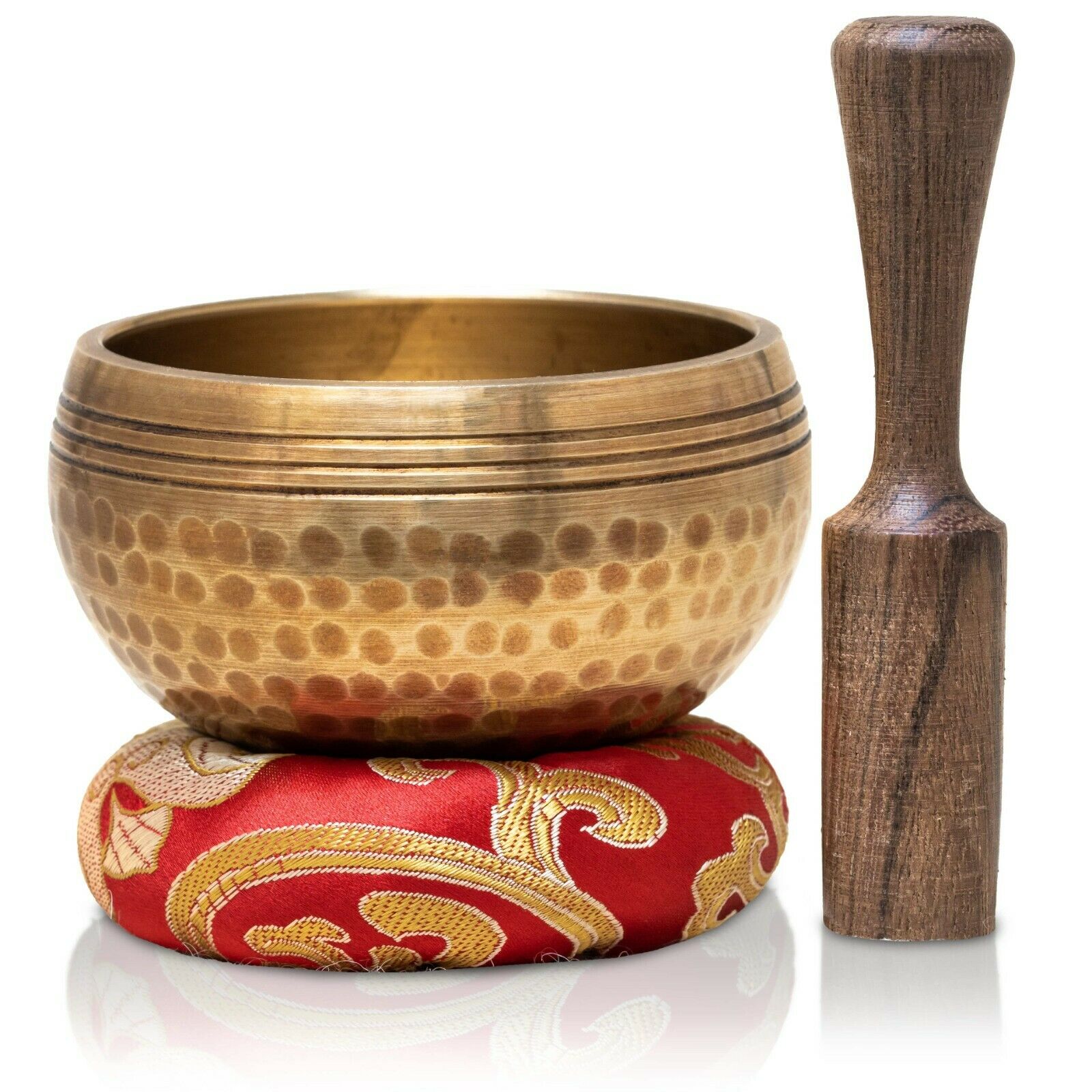-40%
TRADITIONAL TIBETAN BUDDHIST DOOR CURTAIN EMBROIDERED 8 AUSPICIOUS SYMBOLS NEPAL
$ 16.6
- Description
- Size Guide
Description
TRADITIONAL COLORS TIBETAN BUDDHIST DOOR CURTAIN BEAUTIFUL SILK EMBROIDERY DETAILING 8 AUSPICIOUS SYMBOLS NEPALauthentic traditional Tibetan Buddhist-style door curtain
vibrant scarlet red with gold and royal blue highlights at the top
presents the 8 Auspicious (lucky) symbols embroidered in silk onto the curtain!
imported directly from Nepal, where it is hand-sewn
expect variation in the embroidery colors between curtains
measures approximately 35" wide by 70" long, or roughly 3 feet by 6 feet
comes with 3 hanging loops sewn onto the top
PLEASE NOTE:
EXACT COLOR OF EMBROIDERY
MAY VARY!! THESE ARE HAND MADE, ONE AT A TIME!
imported directly from Nepal
For an additional listing of the 8 symbols, including lots of information about their meaning, please see below.
***
Buy With Confidence:
We are practicing Buddhists
We respect the importance of these religious materials
We use the same products that we sell
USA-based
***
THE EIGHT AUSPICIOUS SYMBOLS
This set of symbols is very popular in Tibet, but is also known in Sanskrit as 'Ashtamangala', ashta means eight and mangala means auspicious..
The Umbrella or parasol embodies notions of wealth or royalty, for one had to be rich enough to possess such an item, and further, to have someone carry it. It points to the "royal ease" and power experienced in the Buddhist life of detachment. It also
symbolises the wholesome activities to keep beings from harm (sun) like illness, harmful forces, obstacles and so forth, and the enjoyment of the results under its cool shade.
The Golden Fish;
were originally symbolic of the rivers Ganges and Yamuna, but came to represent good
fortune in general, for Hindus, Jain and Buddhists. Within Buddhism it also symbolises that living beings who practice the dharma need have no fear to drown in the ocean of suffering, and can freely
migrate (chose their rebirth) like fish in the water.
The Treasure Vase;
is a sign of the inexhaustible riches available in the Buddhist teachings, but also symbolises long life, wealth, prosperity and all the benefits of this world. (There is even a practice which involves burying or storing treasure vases at certain locations to generate wealth, eg. for monasteries or dharma centers.)
The Lotus
is a very important symbol in India and of Buddhism. It refers to the complete purification of body, speech and mind, and the blossoming of wholesome deeds in liberation. The lotus refers to many aspects of the path, as it grows from the
mud (samsara), up through muddy water it appears clean on the surface (purification), and finally produces a beautiful flower (enlightenment). The white blossom represents purity, the stem stands for the practice of Buddhist teachings which
raise the mind above the (mud of) worldly existence, and gives rise to purity of mind.
An open blossom signifies full enlightenment; a closed blossom signifies the potential for enlightenment.
The Conch, which is also used as a horn, symbolizes the deep, far reaching and melodious sound of the teachings, which is suitable for all disciples at it awakens them from the slumber of ignorance to accomplish all beings' welfare.
The Auspicious or Endless Knot is a geometric diagram which symbolizes the nature of reality where everything is interrelated and only exists as part of a web of karma and its effect. Having no beginning or end, it also represents the infinite wisdom of the Buddha, and the union of compassion and wisdom. Also, it represents the illusory character of time, and long life as it is endless.
The Victory Banner; symboli
z
es the victory of the Buddha's teachings over death, ignorance, disharmony and all the negativities of this world, and victory over. The roofs of Tibetan monasteries are often decorated with victory banners of different shapes and sizes.
The Dharma-Wheel (Dharmachakra); it is said that after Siddharta Gautama achieved enlightenment, Brahma came to him, offered a Dharma-Wheel and requested the Buddha to teach. It represents the Buddhist teachings (see above).
View more great items



















